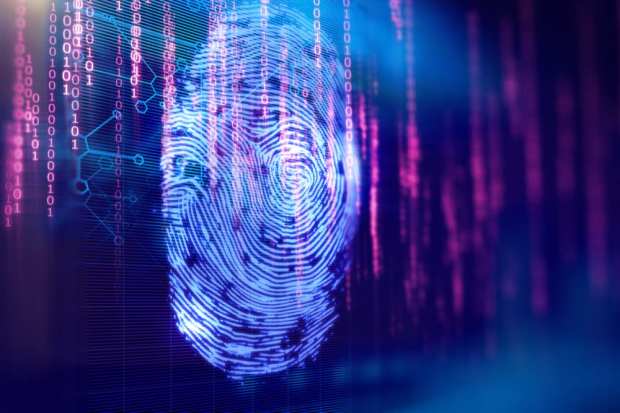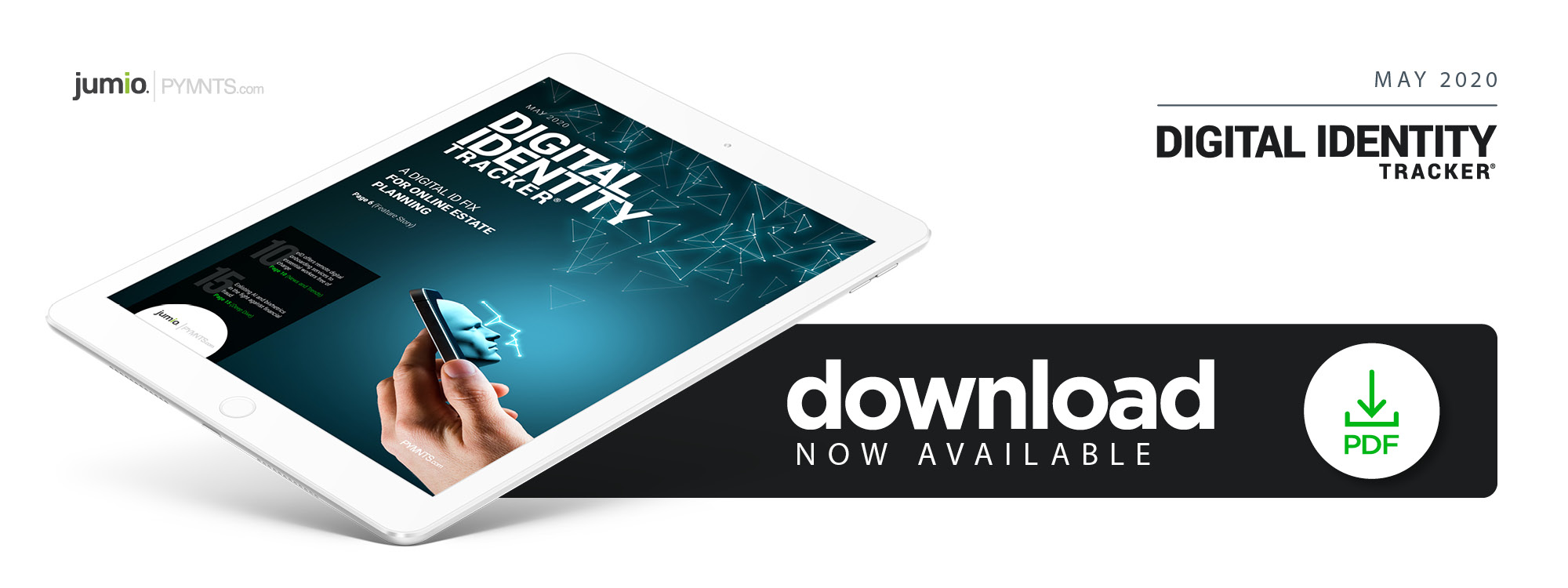Enlisting AI And Biometrics In The Fight Against Digital Identity Theft

One of the coronavirus pandemic’s less-anticipated consequences in the U.S. has been an escalation in fraud and identity theft.
The Federal Trade Commission (FTC) estimates that U.S. consumers have lost $13.4 million to COVID-19 scams since Jan. 1, and there were 18,235 fraud reports from consumers during the same period.
The pandemic has provided fraudsters with a situation ripe for exploitation, but the factors leading to this spike have been developing for some time. Years of successive data breaches leaked consumers’ personally identifiable information (PII) onto the dark web, where scammers can purchase it. Bank account passwords reportedly cost approximately $160.15, while Airbnb and Uber credentials sell for an average of $7.87 and $7, respectively. A consumer’s entire digital profile can be purchased for just $1,200. The number of identity thefts reported to the FTC has steadily increased since 2017, shifting from 142 million to 222 million by the first quarter of 2020.
Consumers, businesses and government institutions therefore find themselves in a bind. The risk of contagion is forcing them to improvise new digital onboarding solutions that can be used remotely, but the increased risk of digital identity theft and fraud makes using these solutions risky — if they lack proper security measures.
A Verification Method Upgrade
The need to solve this conundrum is fueling a spike in demand for digital identity verification solutions that go beyond old-school knowledge-based authentication (KBA). KBA systems require consumers to manually enter their phone numbers, personal identification numbers (PINs), Social Security numbers and other PII, meaning fraudsters privy to their personal information can access these accounts. Many firms are thus turning to faster, more reliable methods to verify their customers’ digital identities, such as biometric- and document-based authentication.
Document-based identity verification methods, coupled with biometric, artificial intelligence (AI) and machine learning (ML) technologies, provide several advantages over traditional KBA. The first is that users are more quickly and easily processed, reducing the need for human intervention and saving time and money. Some studies have found that deploying AI tools can reduce onboarding costs by anywhere from 30 percent to 40 percent.
Using AI and ML during the onboarding process also reduces the risk of human error. Digitizing documents used for onboarding enables firms to onboard customers with an accuracy rate of more than 90 percent.
Biometric verification also improves the consumer-facing aspect of the onboarding process with easier and more intuitive ways for consumers to submit their information and verify their identities. It is faster and more secure to submit a fingerprint scan than it is to manually fill out an application form with names, phone numbers, addresses and other PII. This is evident in the fact that biometric recognition boasts higher user satisfaction rates than any other identity verification method.
A Multilayered Approach to Secure Financial Onboarding
Financial institutions (FIs) across the U.S. are therefore turning to identity verification firms to streamline and secure financial onboarding and provide consumers and businesses the funds they need to mitigate the pandemic’s financial impact as quickly and safely as possible. Nowhere is this more apparent than in FIs partnering with digital identity firms to streamline the Paycheck Protection Program (PPP) loan application process. Software developer Automation Anywhere is deploying AI-powered PPP bots to reduce the paperwork and manual onboarding labor typically needed to process applications, for example.
The value of document- and biometric-based identity verification extends beyond the onboarding process, however. It can also help address the more fundamental issue driving the recent spike in digital identity fraud.
Requiring users to provide documentation and biometric scans — both of which are far more difficult to forge or steal than the passwords, PINs and addresses that KBA requires — helps firms ensure that new customers are who they say they are without using information that can be readily purchased on the dark web. Firms that use biometric scanning solutions, document-based verification and AI or ML technology will be better equipped in the fight against fraud both during the pandemic and after it has subsided.

